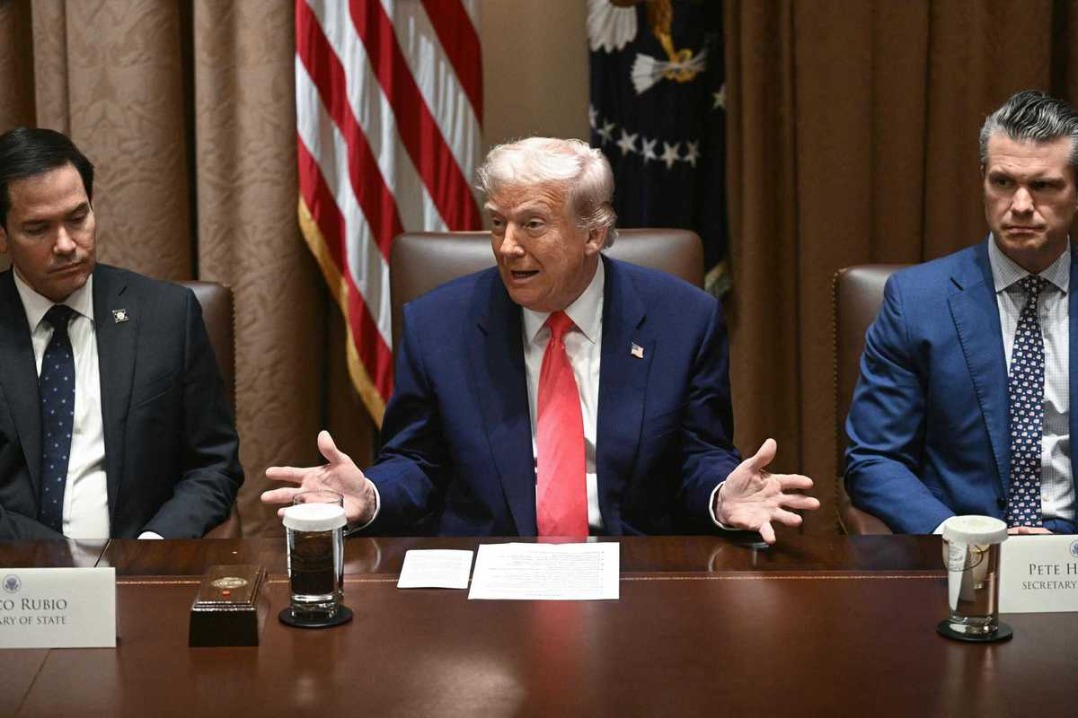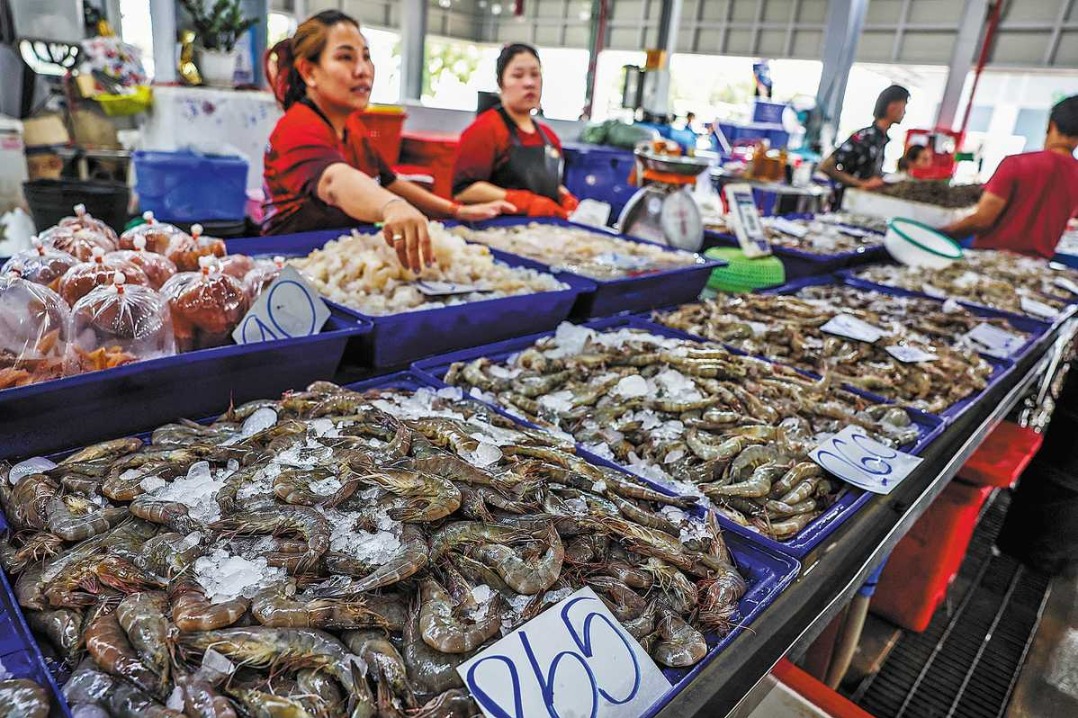With some support, SMEs can bloom

They are called xiaomaibu in China. In North America, they are corner stores or bodegas. In Latin America, they are known as almacenes. And on the Korean Peninsula, pyeonuijeom.
They are all the same: small, family-owned shops that sell a variety of goods. These mom-and-pop retail stores existed long before Walmart or Carrefour and are still the go-to places for household needs in most neighborhoods.
In fact, small and medium-sized enterprises are the largest employers in the world. In China, SMEs, along with micro enterprises such as street vendors, make up 97 percent of all companies, accounting for four-fifths of all jobs and almost two-thirds of GDP.
In the European Union, SMEs created 85 percent of all new jobs between 2002 and 2010, employing around two-thirds of all workers. In the United States, SMEs accounted for about two-thirds of all new jobs created between 1993 and 2011.
In all debates about which jobs to save and how many people a single multinational may employ or lay off, contributions of small businesses are often overlooked. What's more, these businesses get far less support from government or other institutions.
A small business might be doing business with a bank for decades, but every time it takes out a loan, it will have to pay more for that money than a large company.
Small businesses generate more jobs around the world than any other type of economic entities, and yet they are often overlooked by investors, banks and regulators. They have access to fewer facilities, money or tax breaks. When the tax breaks are available, they might lack the resources to have access to them, such as large teams of accountants.
This seems a bit counterintuitive, but governments might get a lot of mileage out of helping small established businesses continue to operate and even grow a little. Indeed, they might get a lot of mileage out of accessible policies and programs to help them grow.
A challenge here is that entrepreneurship, the type of drive that has helped create many an SME, is changing. The structure of SMEs is also changing.
It is not uncommon for SMEs to operate in multiple countries at the same time or have clients or customers in multiple countries. The corner store is hardly the only type of small business. There are consultancies, e-commerce businesses, traders, importers and exporters, app producers, writers, editors and engineers. The list is endless.
The nature of entrepreneurship has also changed, say economists who contributed to Entrepreneurship and Development in the 21st Century.
The book analyzes the impact and changes of entrepreneurship, from the impact of value chain integration on coffee farmers, to entrepreneurship in the Democratic People's Republic of Korea, microfinance in Senegal and the impact of artificial intelligence on e-commerce and consumer behavior.
A key conclusion is that more integration is needed. By integrating entrepreneurs more obviously into the folds of national and international economies, growth could be accelerated.
Most governments pay some kind of lip service to the importance of SMEs, but access to actual support is not always reflective of actual measures to support SMEs.
Also, the metrics used might need to change. Most definitions of SMEs include companies that employ up to 500 people. In the modern economy, a company that employs that many may operate under very different conditions than one with 10 staff members. A biotechnology company may have 100 employees but be worth a few billion dollars.
New research also suggests that age may be more important than size when it comes to SMEs and their ability to create new jobs. Younger companies create more jobs.
New businesses often have a difficult time tapping into funds to set up or grow. The traditional pathway, the one taught to accountants and finance professionals, is that new businesses are first funded by owners and their "family and friends". They might then reach out to banks for loans, or investors for various rounds of funding. If they are very successful, they might issue shares on a stock exchange.
This pathway is only useful for a very small percentage of small business owners or entrepreneurs. No xiaomaibu owner (well, very few in any case) will come out with an IPO. On the other hand, with more support, the owner might feel more empowered to open a second xiaomaibu and perhaps a third, or expand just a bit.
In this way, the xiaomaibu or almacen or corner store or pyeonuijeom might be more integrated into a growing economy.
Doing this will require some commitment from government, from regulators, from the public and from the entrepreneurs themselves, but it might be worth it for everyone.
The author is managing director of Bahati Ltd, a Hong Kong-based editorial services consultancy. The views do not necessarily reflect those of China Daily.
































